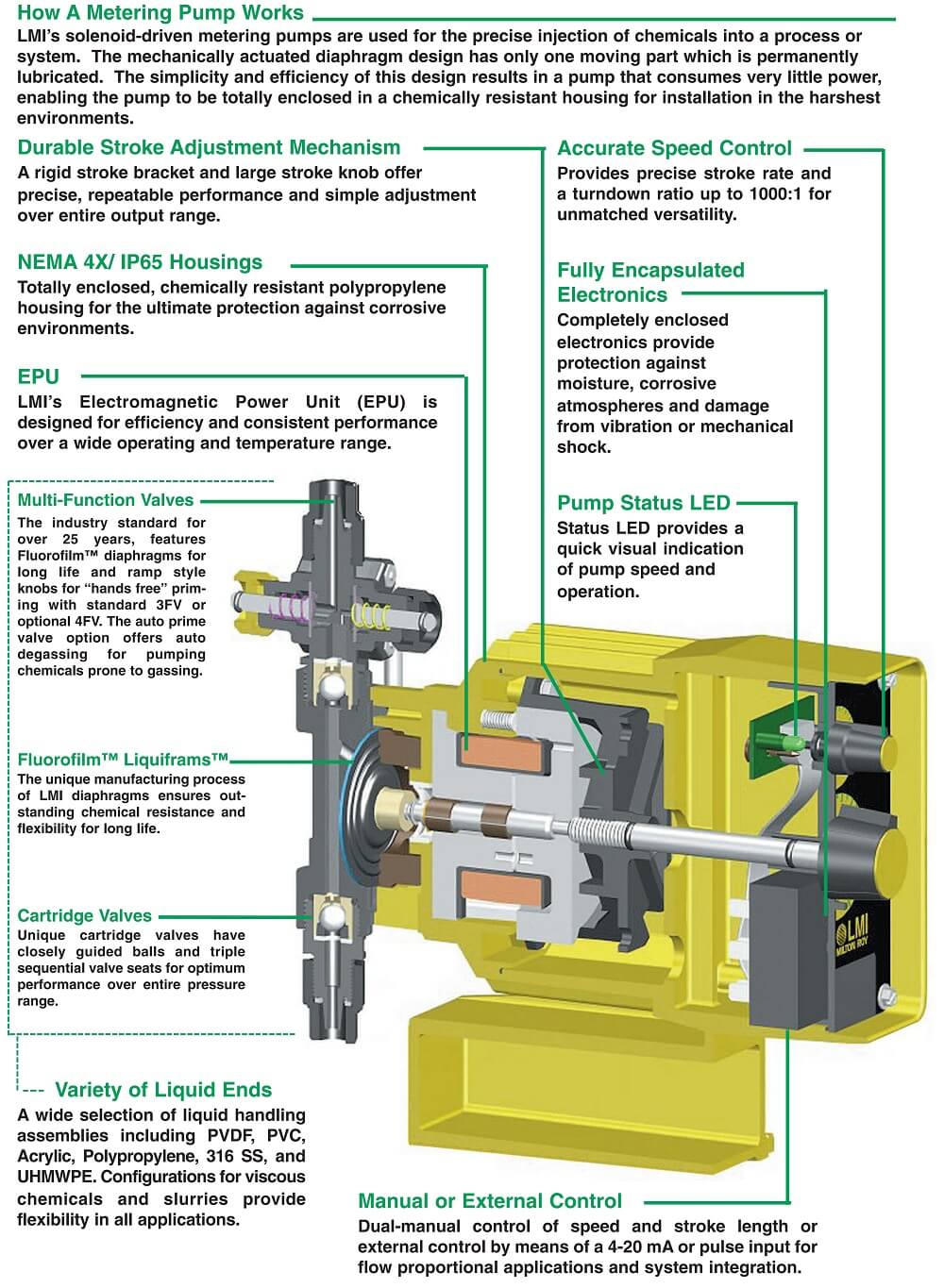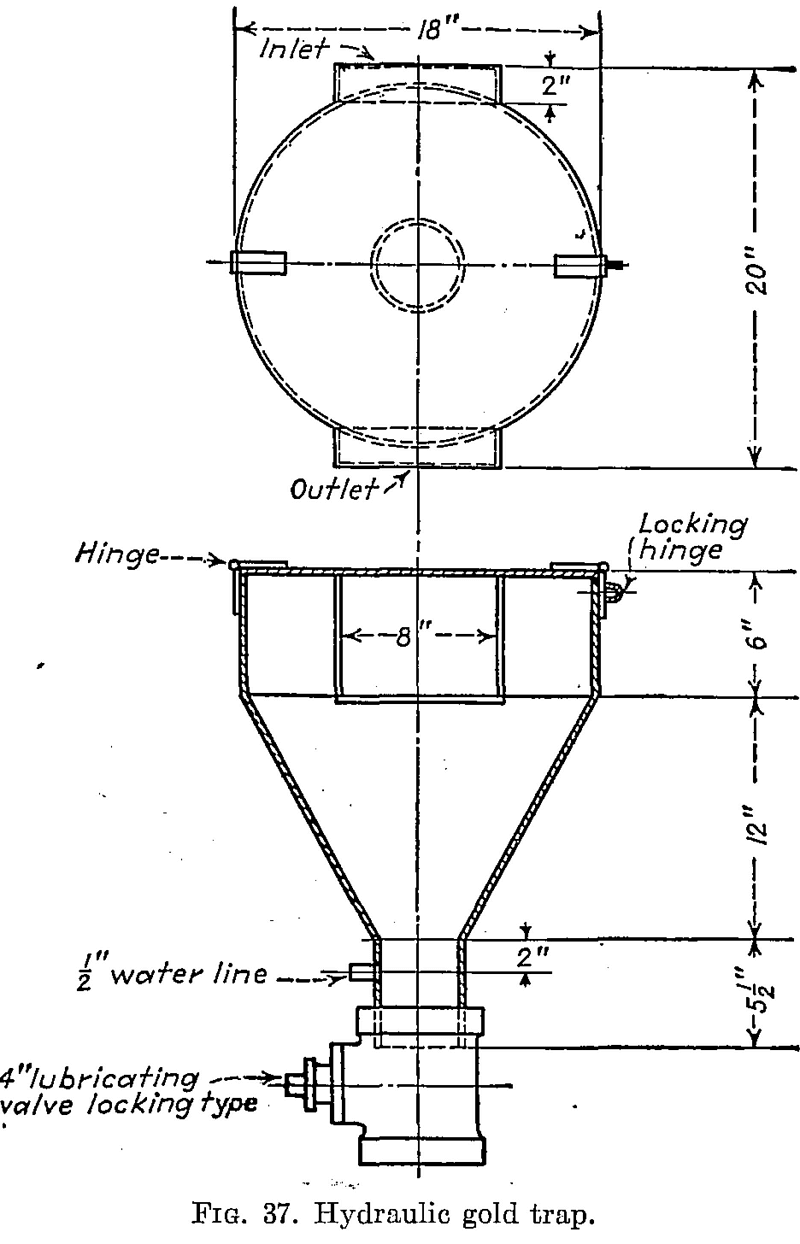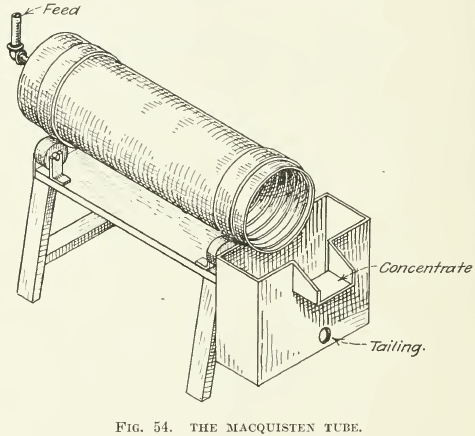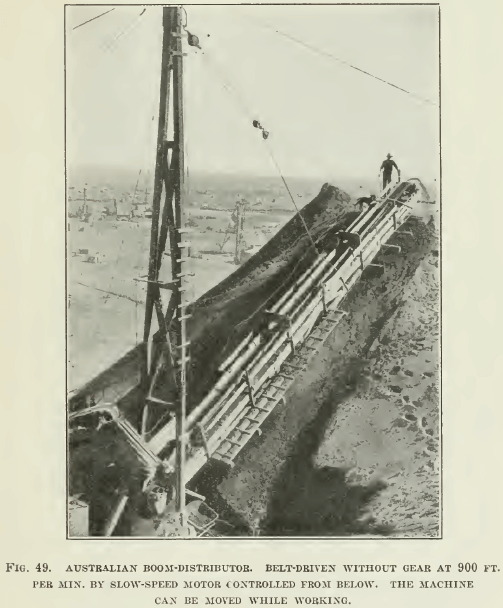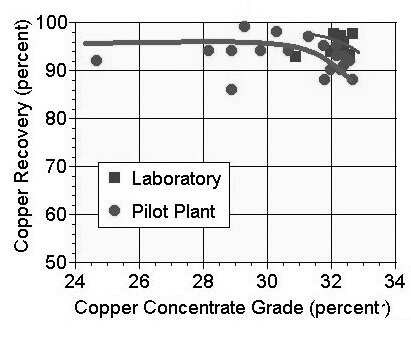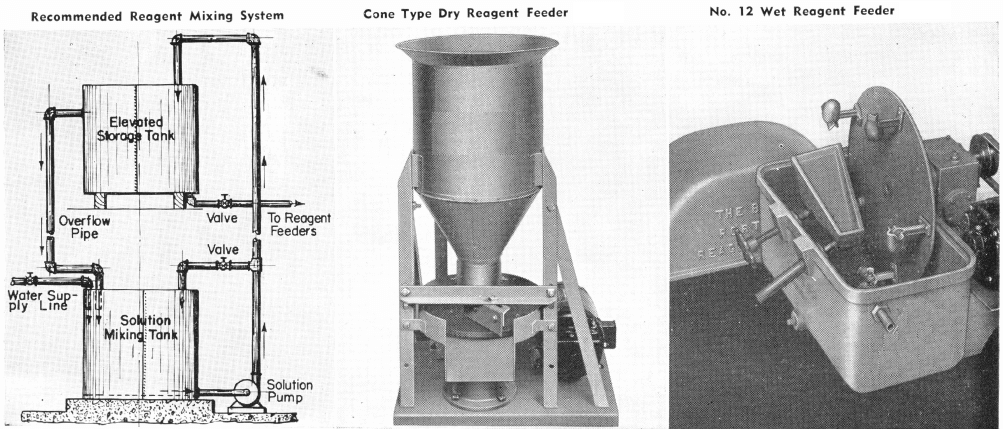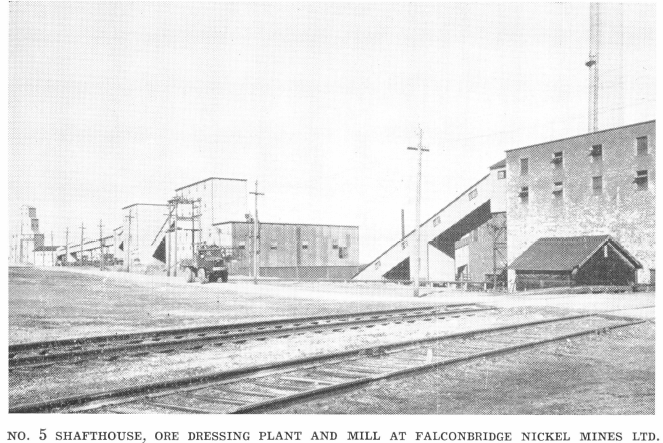Froth Factor for Pump Sizing
The ‘froth factor’ is a measure of the air contained in the froth. It is quantified by filling a measuring cylinder or bucket, of known volume, with froth and measuring the froth column. After air dissipation the remaining water and solids volume is measured. The ratio of the original volume of froth to the remaining … Read more

